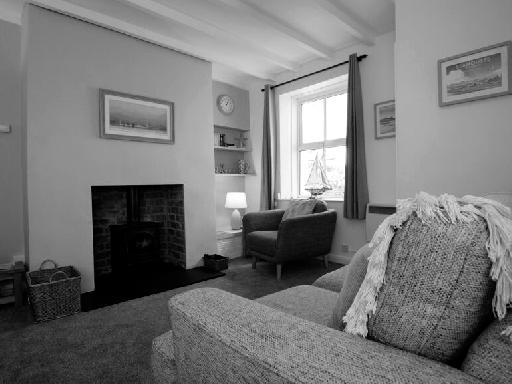
4 minute read
The Man who saved Hadrian's Wall (Alf Bennett
would prefer a hard copy please give me a call on 0191 370 2961and I will send you a paper copy.
Public Health England's Greenbook gives details of the clinical risk categories. Chapter 14a pages 9 - 10: https://assets.publishing.service.gov.uk/government/uploads/system/uploads/att achment_data/le/961287/Greenbook_chapter_14a_v7_12Feb2021.pdf NHSBT Vaccinations Frequently asked Questions: https://nhsbtdbe.blob.core.windows.net/umbraco-assetscorp/21536/inf1559.pdf
Joan Bedlington
The Man who saved Hadrian's Wall and changed Newcastle City Centre.
While looking up facts for the piece on “ What the Romans did for us ” I came across the incredible story of John Clayton ( 1792-1890 ). He was the son of Nathaniel Clayton, the town clerk of Newcastle. In the late 1790's, Nathaniel purchased the Chesters Estate in Northumberland through which part of Hadrian's Wall runs, and which contained the Chesters fort site. From an early age John Clayton became interested in the excavation of the Roman ruins at the Chesters site as well as the Roman remains in the nearby countryside. The Wall originally ran for 73 miles from Segedunum (Wallsend) to the shores of the Solway Firth. It is estimated that it took 15,000 men 6 years to build. By the early 1800s it was a pale shadow of the original, with many stones removed for the building of roads, walls and houses. A visit to any of the villages along the route of the Wall today, reveals how much material had been removed. John Clayton, succeeded his father as Town clerk and held that position for 45 years from 1822 to 1867 while also managing the farms on the Chesters estate. Using the prot from the farms, he started buying land on which the Wall stood to prevent farmers from taking stones from the Wall. Eventually, he controlled major areas of land along its length including the sites of Chesters, Carrawburgh, Housesteads, Cavoran and Vindolanda and much of the 20 miles of the Wall within this stretch. Workmen were employed to restore sections of the Wall generally up to a height of seven courses. The best examples of this work can be seen at Housesteads. Unfortunately, his contribution to excavating Hadrian's Wall has often been overlooked but without his timely intervention much more of this World Heritage site would
have been lost forever. What you see today is down to the vision and efforts of John Clayton. Not only did he save a large section of the Wall but his archaeological work revealed thousands of Roman artifacts. This collection known as the Clayton collection and now curated by English Heritage can be seen at the Chesters site. The collection has over 11,000 nds and 12,000 coins. But the inuence of John Clayton on the area does not end there. In 1834, the builder Richard Grainger presented a comprehensive plan to the Town Council for the redevelopment of Newcastle. As town clerk, his position gave him enormous power and he was responsible with Grainger for transforming the centre of Newcastle. What you see today of Grainger, John Dobson and Clayton Streets is in large part down to John Clayton. One of the three principal streets under the Grainger scheme, Clayton street was named after him. An anonymous quotation regarding Clayton at the time, gave an insight into how some people saw him: “He has all the craft and subtlety of the devil. Great talents, indefatigable industry, immense wealth and wonderful tact and facility in conducting business give him an inuence in society rarely possessed by an individual. Was unanimously re-elected Town Clerk because the Clique had not a man equal to supply his place. Can do things with impunity that would damn an ordinary man. A good voice, speaks well and never wastes a word. Has a careworn , but sly countenance – limps in his gait from an accident – and loves the ladies.” This story has all the ingredients for a good lm, with local heritage aspects, signicant business deals, driven ambition, political intrigue, development of a major city and a romantic interest. It would certainly tick many boxes. John Clayton never married and when he died in 1890, he left an estate of 20,000 acres that is equivalent to a land size of over 10,000 football pitches as well as the princely sum of £713,522.0s 2d equivalent to £42.7 million pounds in today's money. The sting in the tail was that after Clayton's death the estate passed to relatives and unfortunately the wealth was soon lost. Eventually the National Trust and other charitable trusts began acquiring the land and the various sites on the Wall safeguarding this World Heritage site for future generations. It is incredible how few people know about this remarkable man. You just wonder how many other undiscovered people are out there who had such an impact on their local area.
Alf Bennett - January 2021





